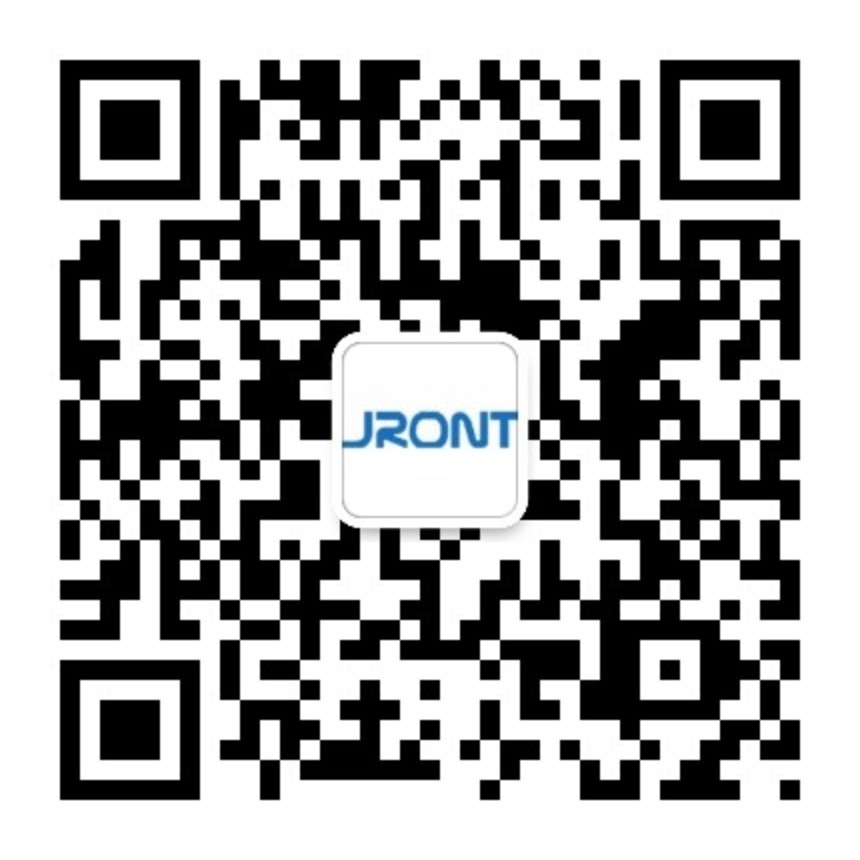
Bolt detection system
Bolt checks can be used to install new bolts and evaluate existing bolts as part of determining equipment life. By using an ultrasonic measuring tool, you can measure the length of the bolt connection. The length measured by the ultrasonic device is similar to the nano measurement. After the tightening process, you can measure the length change, which can be calculated as a torque.
With the help of bolt inspection, you can effectively achieve the correct alignment of bolt connections in a controlled manner. The tool is suitable for most bolt types and does not require special pre-treatment of the bolt. It can play an important role in maximizing equipment uptime while minimizing failures.
In this case, ultrasonic measurement has proven to be a very accurate and cost solution when installing new bolts and evaluating existing bolts as part of determining the service life of the equipment.
By using this method, you can achieve the correct bolt preload when installing new bolts, ensure the safe operation of the equipment, and reduce subsequent service and maintenance. This tool allows you to track the clamping load throughout the tightening process and determine the clamping load without affecting the joint steel.


Operation and maintenance
• Reduce maintenance costs by 60%
• Minimize the risk of failure
• Improve HSE [Health, Safety and Environment (Environment)]]
• Achieve maintenance-free bolted connections
• Integrated data logging and reporting system-store data and compare it over the life of the connection
• Failsafe procedure-record the inspection history of each bolt
Design:
• 12% increase in connection utilization
• Full traceability of bolts
Accurate and cost-effective solutions
Ultrasonic Fixture Load Testing: The Best Method to Ensure Correct Bolt Preload
Achieving the correct bolt preload is essential to ensure the integrity of the bolted connection.
Bolted connections are essential to ensure the safe operation of equipment or other similar bolted connections, reducing the risk of failure.
Fully tightened bolt connections can withstand millions of load cycles without any problems, while connections composed of untightened bolts usually fail within a few cycles. If the bolts are loose, a chain reaction may occur, leading to the failure of the entire equipment.
One of the most challenging parts of the tightening process is the correlation between the applied torque and the tension generated by the nut stretching the bolt. This tension causes an opposing clamping force, joining the two parts of the joint together. If the clamping force is too low, separation and bolt loosening may occur.
On the other hand, excessive clamping force may cause damage to the structural components of the joint, such as excessive deformation or breakage.
By focusing on achieving the correct bolt preload, you can not only ensure proper clamping force, but also maximize equipment reliability and reduce maintenance and downtime.

Case
Measuring and maintaining the correct tension of bolted connections to meet the exact needs of large-scale projects or equipment in the wind turbine, bridge, railway, rail, and high-voltage equipment industry connections can improve safety and reliability, and minimize the risk of failure and downtime.
Some large equipment consists of thousands of bolts of different sizes that hold the structure together, often interdependent. Therefore, the correct bolt tension is essential, because a loose bolt can trigger a domino effect, which can lead to the failure of the entire equipment in the worst case.
The bolt inspection system measures the length of the bolt because it will become longer as the load (torque or tension) is applied.
The bolt inspection system is accurate to within 5%, which has superior advantages over the traditional torque and tension method, which can have an error tolerance of up to 30%.







Request for Product Details





